China’s youth contribute to a ¥14 billion healing market trend
As workplace stress, youth unemployment and poverty continue to highlight mental health issues, more and more young people are teetering on the brink of "madness," seeking emotional stability through therapeutic means. According to the Global Wellness Institute's 2023 report, China's "mental wellness" market is valued at nearly ¥14 billion ($1.93b). This encompassing areas such as meditation, mindfulness, and sleep health. Here are three therapeutic methods that have gained popularity in recent years - if you also experience similar pressure, why not give it a try?
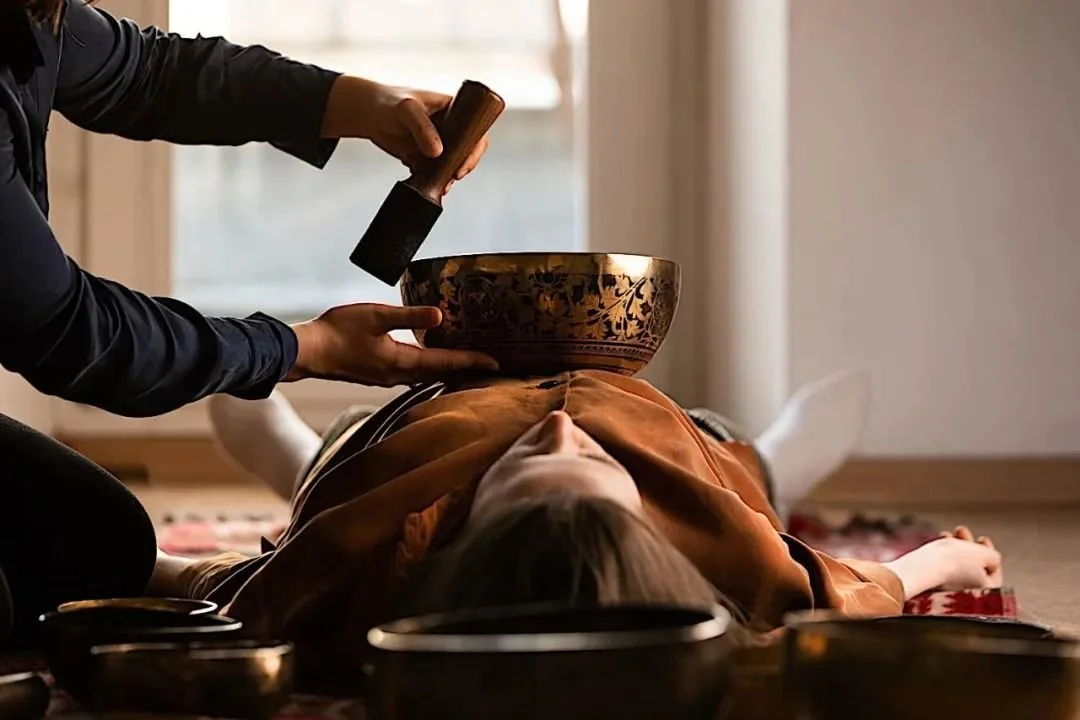
The globally renowned Chinese singing bowl therapy. Image from 36Kr.
1. Tree Hugging Therapy
"Tree hugging therapy" originated in Northern Europe, with studies suggesting that trees release phytoncides, chemicals that can help alleviate stress. Nowadays, many post-95s white-collar workers in Beijing's Summer Palace practice tree hugging therapy, seeking out ancient trees, some dating back to the Qing Dynasty, and pressing their entire bodies against the trunks, quietly feeling their own breath. Some young people also explore local tree varieties in Hangzhou's Jiuxi(九溪) Scenic Area and the Taklamakan Desert in Xinjiang, such as the metasequoias in Hangzhou and the poplar trees in Xinjiang. Some on RED have expressed that "tree hugging helps me find human 'spirituality,' it feels liberating, allowing me to completely empty my mind, and seemingly increasing my courage unconsciously."

From left to right, there are ancient trees from the Qing Dynasty era in China, Metasequoia trees from Jiuxi in Hangzhou, and Poplar trees from Xinjiang. Images are from 36Kr.
2. Sleeping Pods:
In first-tier cities, sleeping pods have become popular among white-collar workers. Through simple mindfulness training, gentle instrumental music, and gradually dimming lights, participants' senses are heightened, guiding their bodies into a more relaxed state and achieving deep relaxation. Instruments integral to sleep therapy, such as singing bowls, tuning forks, and crystal bowls, are also gaining popularity. In April last year, "sound therapy" was officially included in Sichuan Province's medical insurance system for the first time, aimed at helping more young people alleviate anxiety.

The atmosphere and facilities of the sleep pods. Images are from 36Kr.
3. Public Therapy Dogs:
Mr. Wu Qi, who serves as both an animal-assisted therapist and a therapy dog trainer, shared his experiences online. With over 20 years in the therapy dog industry, he initiated China's first Animal-Assisted Therapy program. Initially collaborating with autism intervention organizations, he later discovered a significant demand among urban white-collar workers suffering from depression and mental sub-health. Physical touch, hugs, and eye contact with animals were found to uplift emotions and alleviate stress.

There are no major restrictions on the breeds of therapy dogs, only four criteria need to be met. Images are from 36Kr and RED.
Therapy dogs are typically chosen based on four main criteria: obedience, socialization, hypoallergenic traits, and interactive skills. In Mr. Wu's public therapy dog program, one-third of the therapy dogs are rescued from stray animals. Over the past eleven years, they have served over 100,000 individuals.
Brands should take note of both what is driving consumers to seek this therapy, but also what methods are connecting with consumers trying to deal with them. An empathetic approach to planning marketing can help resonate with consumers and make your brand more meaningful.
Elderly influencers provide a counter-narrative to China’s intense work culture, proving that seniors can live life on their own terms, which is proving endearing to young Chinese consumers often labelled as “fragile youth”
From its roots in TCM to the playful emergence of Poop Map, China’s evolving attitude toward bowel health demonstrates an openness to blending ancient wisdom with modern tech-savvy trends
Xianyu has evolved from a second-hand marketplace into a hub for youth culture, side hustles, and digital innovation, offering valuable insights for foreign brands in China
A concise summary of last month's key marketing developments in China, highlighting valuable insights and their implications for brands.
After spreading over social media, China’s youth have demonstrated their need for community and adventure en masse causing a stir on their 50km group ride
Social media feeds increasing filled with “rough life” posts, alongside the popularity of more authentic retail spaces are just two examples of how Chinese consumers are seeking more real, less polished marketing
China Skinny’s review of key marketing trends and lessons we observed over the month of October 2024.
China is experiencing a shift—or even a dilemma—in its bricks-and-mortar retail landscape. While high-end malls are seeing declines, non-standard commercial spaces are on the rise. Among these, Beijing’s THE BOX Youth Energy Center is redefining the offline retail experience by tapping into the spending power of the younger generation.
Chinese youth embody a rich tapestry of lifestyles and values that defy easy categorization. In a social media world saturated with flashy façades and overly curated personas, many still celebrate authenticity and self-discovery. This creates opportunities for brands to craft fresh, compelling stories that resonate with their desire for genuine connection.
As Chinese consumers increasingly prioritize health and wellness, fresh milk and fruit tea brands are stepping up, with HEYTEA standing out prominently. This article explores HEYTEA's health-focused marketing strategies and provides insights for brands looking to cultivate health-oriented perceptions.
As new generations redefine what weddings look like, brands are seizing the moment to connect with young couples seeking authenticity and personalization.
Scripture copying, once a niche activity, is now a rising wellness trend among young people. It is becoming part of the growing "temple economy," expanding from temples to teahouses and beyond.
Traditional collectibles have become a form of social currency among young people. From spiritual comfort to stylish accessories, livestreams and e-commerce have made these pieces more accessible. And people watch appraisal livestreams for whacky collectibles as an entertainment.
Corn-based coffee and drinks are trending in China, attracting wellness-focused consumers with their creative versatility, health appeal, and nostalgic flavours. Stable supply chains and regional pride further enhance their popularity, turning traditional corn into a modern beverage hit.
Jellycat CAFÉ has taken Shanghai by storm with its limited-time pop-up. Exclusive plush toys and immersive packaging performances highlight Jellycat's unique blend of emotional value and playful creativity.
In mid-August, HEYTEA announced the launch of the "caffeine traffic light", disclosing the caffeine content of their fresh drinks. This approach helps consumers better manage their daily caffeine intake, raises the competitive standard within the milk tea industry and symbolises the need for personalisation to needs.
A wave of viral videos in China are flipping the script on traditional Chinese-style parenting. Filmed from a child's perspective, these clips turn guilt-inducing phrases back on parents, pushing them to reflect on their parenting approach.
Ye, the artist formerly known as Kanye West, returned to Haikou, China, after 16 years, with fans endeared by Ye's fashion as much as his music. The whole city got behind the concert, ensuring fans had an all-encompassing Ye experience during their visit to the tropical island.
Chinese herbal bread combines traditional Chinese medicinal ingredients with Western breadmaking techniques. While its appearance is similar to regular bread, its recipe draws from familiar traditional Chinese medicine ingredients known to young people in China. Coupled with carefully crafted marketing messages, many young individuals feel that consuming this bread can alleviate "health anxiety."
In April, Lin Yuanchun birch water became the top-selling beverage on Douyin, surpassing brands like Coca-Cola and Oriental Leaf. Birch water continues to gain popularity, driven by its health benefits and the aggressive marketing on social media.
Earlier this month, China's leading chain coffee brand, Luckin, launched a new crossover product called Light Jasmine milk tea. Due to its striking similarities with CHAGEE's signature product, bóyájuéxián, many netizens believe Luckin is essentially "replicating" it.
Xiaohongshu/RED launched the "5-Minute Workout Boost" campaign to coincide with the Paris Olympics and summer vacation, making exercise accessible and easy to fit into daily life.
Founded in 2019, Tiaohai Village (跳海酒馆) is a community-driven pub brand. Despite having around 30 locations nationwide, it's said to have achieved over ¥100 million ($14m) in revenue in 2023, together with over 200 highly active online alcohol communities. Check it out to learn about what sets Tiaohai apart from other pubs and how it truly connects with Chinese young people emotionally.
Snacks are getting supersized and catching attention on social media for their social appeal. With giant snacks, brands also enjoy greater exposure as well.
As mental health issues such as work stress, unemployment and poverty continue to come to the fore, more and more young Chinese are pursuing emotional healing.
‘Crazy ID Badges’ among post-00s white collars have become a trending topic on Xiaohongshu. Many FMCG brands have jumped on it to winning favour from the young consumers.
Chinese consumers generally prefer smaller formats, but this summer is seeing a slew of giant gulps for everything from watermelon juice to ice coffee, meeting consumers needs for different occasions
This spring and summer, wearing bandana head scarves for outdoor trips has become popular, making them a must-have fashion item for 'dopamine girls.'
Chinese youth have embraced Jellycats, stones, even mango seeds as another kind of ‘pets.‘ These alternatives provide emotional value without the time-consuming and attentive pet-caring routines.









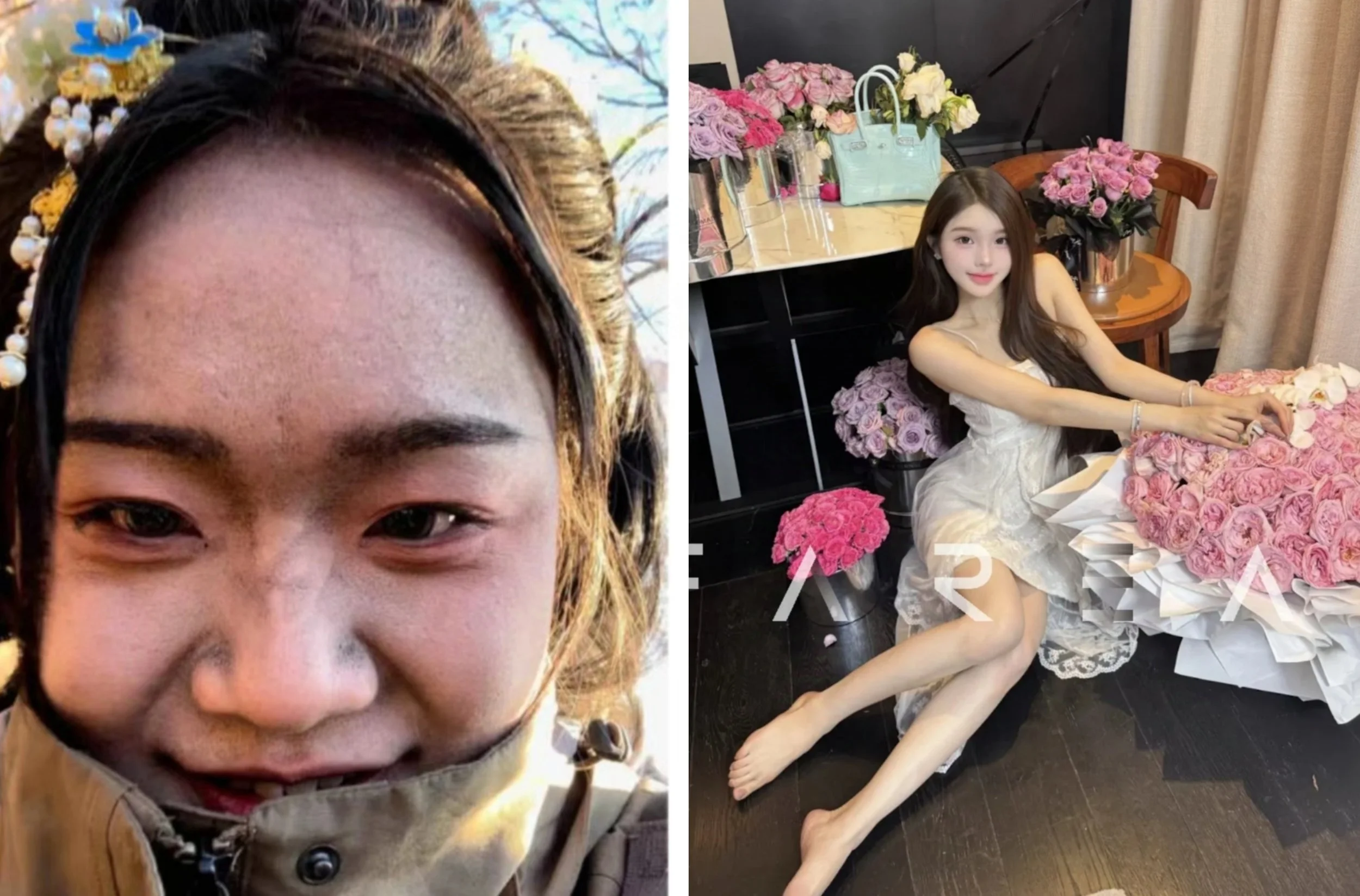


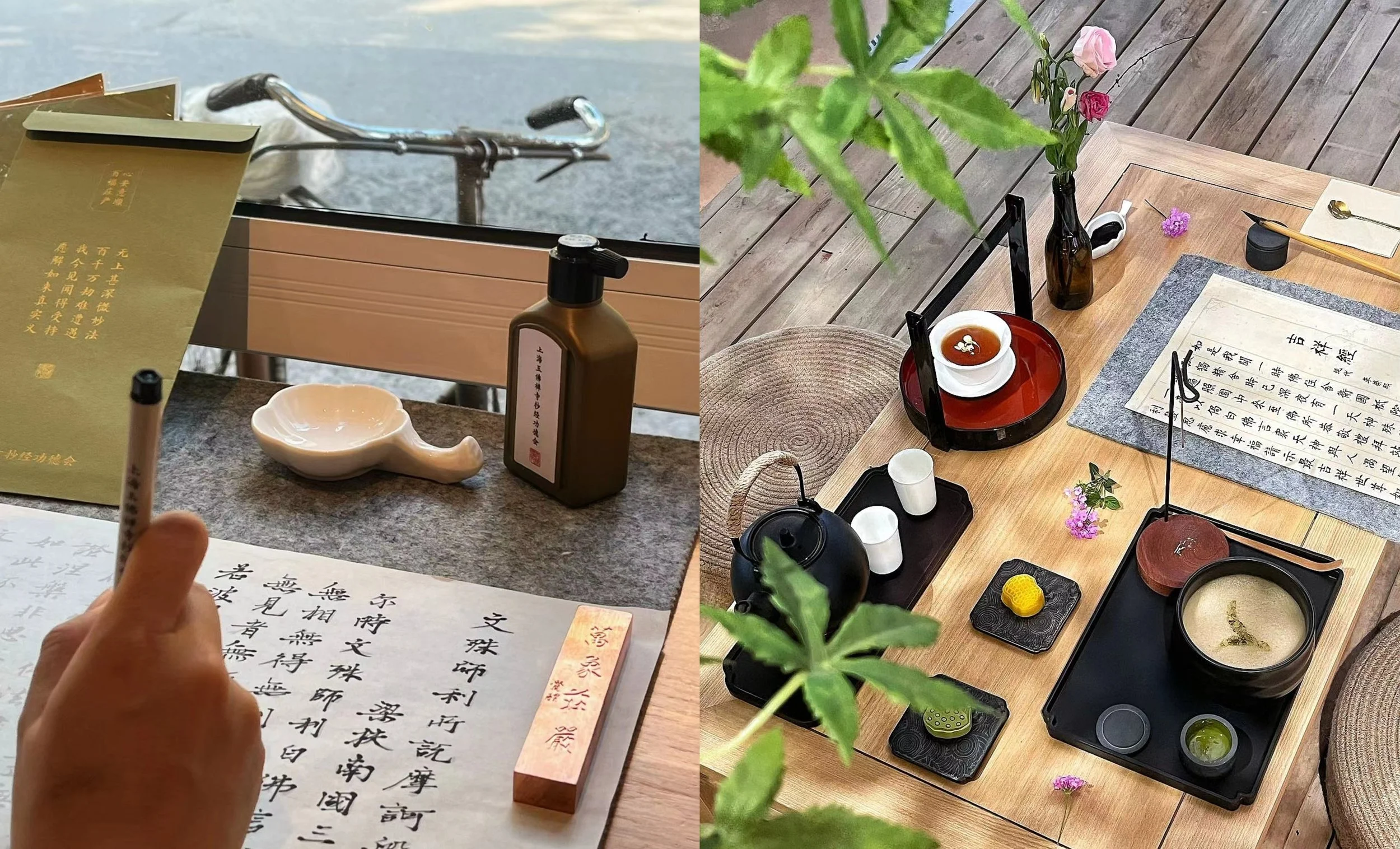
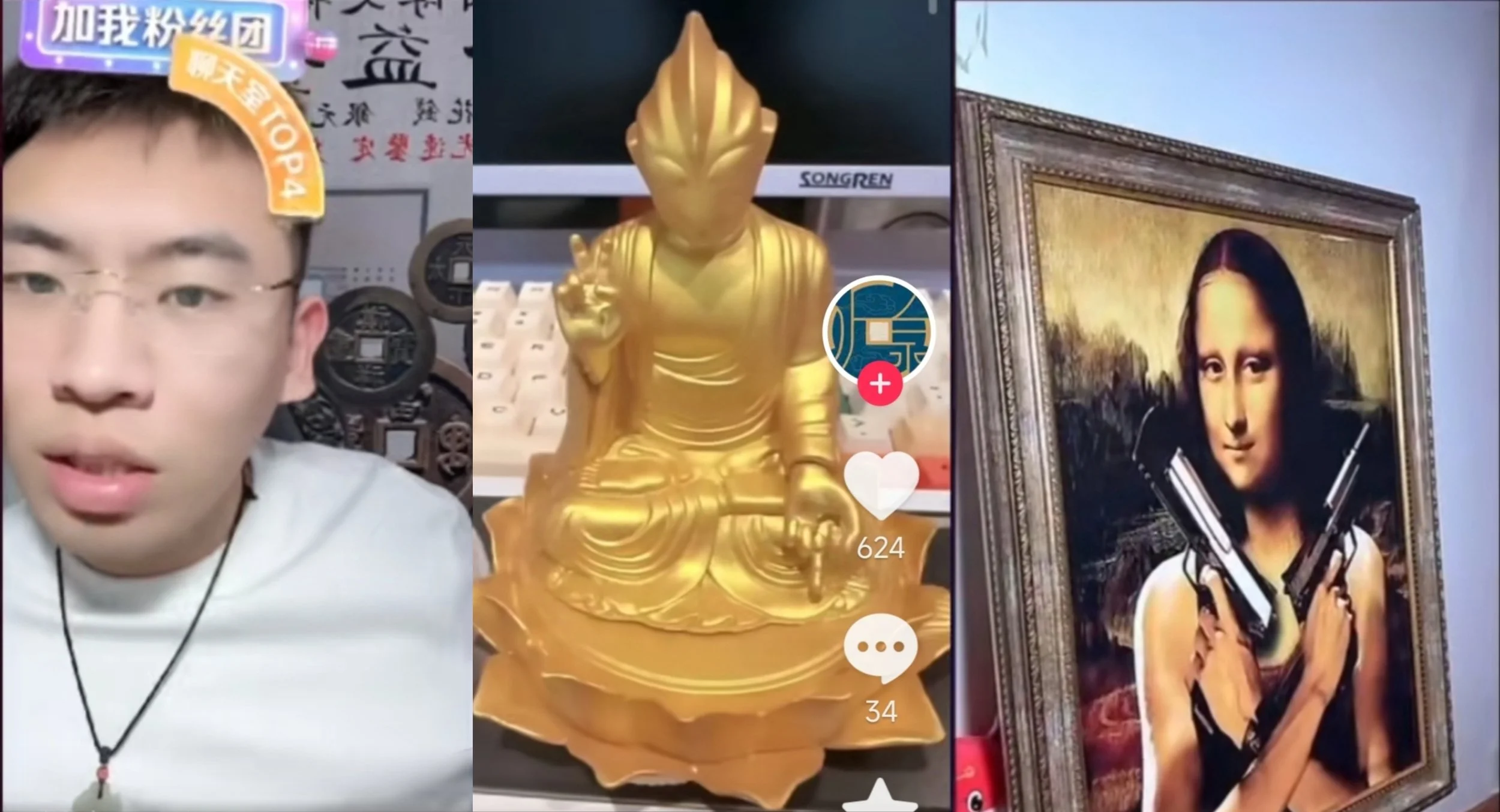










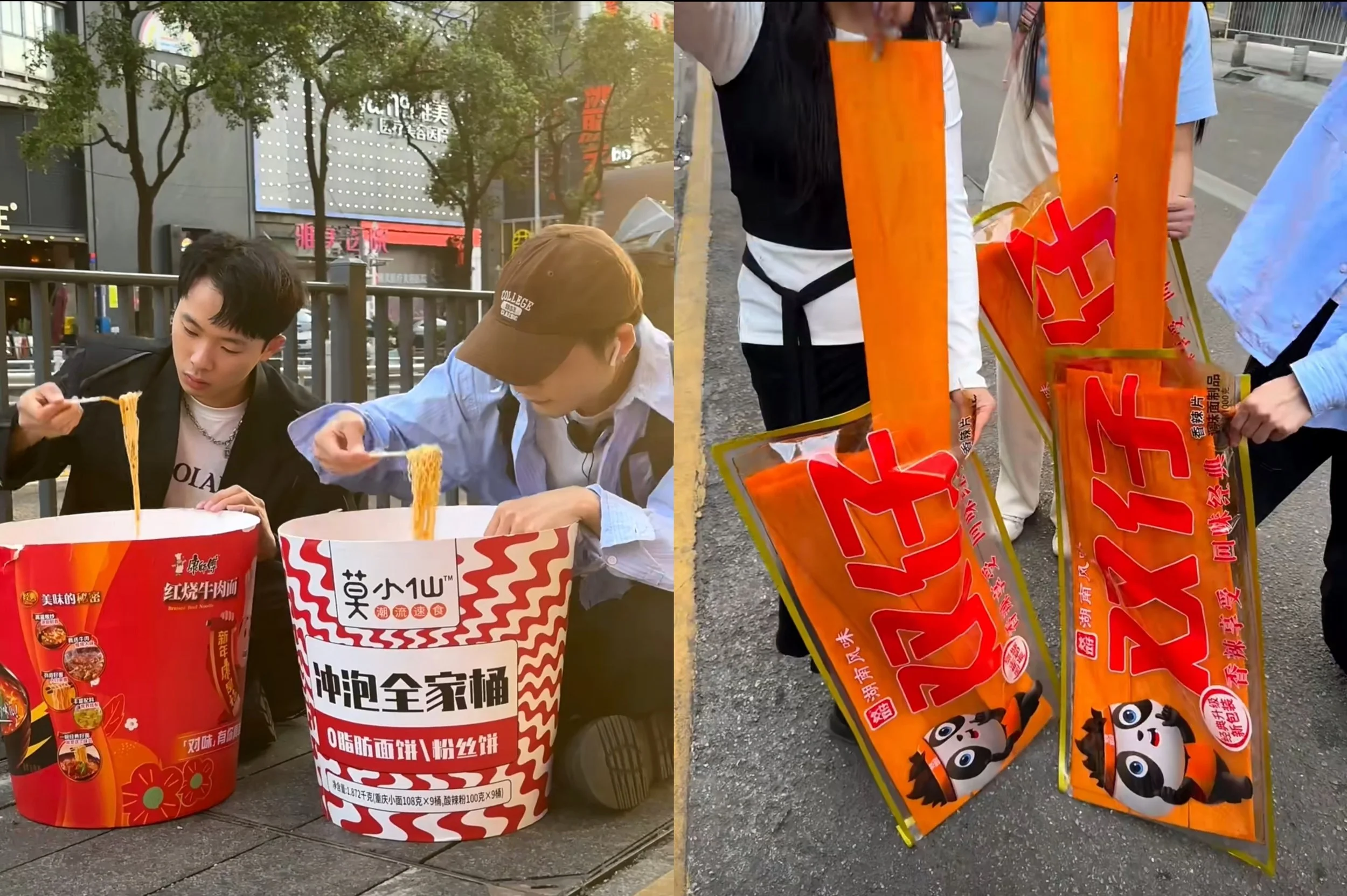

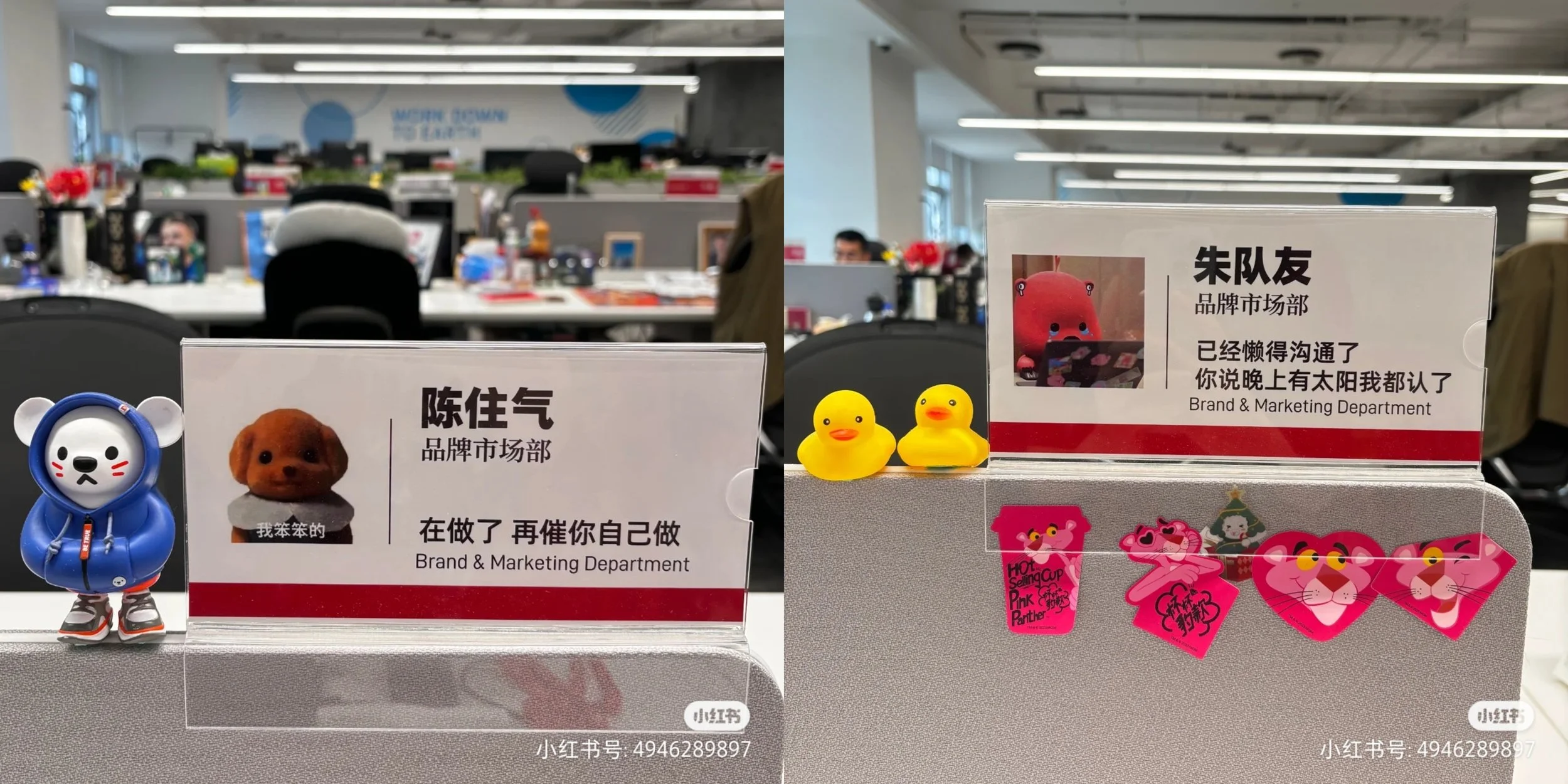



Chinese traditional wellness practices such as sand therapy, Sanfu moxibustion, and herbal or botanical beverages are trending this summer. Chinese consumers are increasingly drawn to health regimens rooted in ancient wisdom.